If I asked you to describe hope on the spot, would you be able to? This was exactly how we started our most recent project, along with describing the word’s components; resilience, survival and adversity. This was not however the only part of our project, in fact, our final task would be to assess stories of adversity, identify components of hope within them and define the lessons and inspiration that we can draw from them in the form of a video.
“What lessons and inspiration can we draw from the stories of individuals and communities that have faced tragedy and overcome adversity?”
After defining each word through various case studies, we put our knowledge to the test in the form of a blog post. This allowed me to also get a sense as to what my thesis statement for my final product would be (ie. answer to the driving question). From the post, I made my answer to be that these four words are apart of human nature, that hope is like a breath of fresh air and that stories of hope are proof to other individuals that the adversity you face in your lifetime is a key component to reaching a kind, grateful, happy and resilient persona. I was quite proud of my post as I always do my best to put my best writing and thought into our projects. I defined each word, answered the driving question and included connections between what I already knew and what I had learned in this project so far.
I knew from the beginning that I wanted to talk about my family friend, Mary Jo, as her story of hope has inspired many and allowed her to succeed in everything she has set her mind to. This allowed me to have a solid plan and pitch for my video as well as leave room for other topics that we would learn more about on our field school to the south of the United States.

In my pitch and plan, I included my inspiration that stuck with me from the beginning of this project as defining hope as a feeling rather than a thing, like a breath of fresh air. I also included three thesis statement options, from which I ended up combining two of them. Finally, from observing previous videos that displayed stories of tragedy and hope, I knew I wanted a ‘dramatizing’ aspect, whether it have been the music volume dropping or my tone of voice, because I knew that these would make the resolutions and aspects of hope even stronger. I also had the goal of speaking the least amount possible to allow the interviewees to lead it and make a greater impact to the audience – no narrator, but a narrative. However, I would have to speak to introduce topics, make connections, my conclusion as well as whatever needed to be said to allow for the video to flow more naturally.

We saw a lot of excellent examples of hope, adversity and resilience on our trip, in fact if I could, I would have used several examples and interviews from all of the places we went to. However, that was not possible due to having a five minute time limit on our final video. On top of including Mary Jo’s personal story I knew that I wanted to talk about Lyndon B. Johnson and Thanks-Giving Square, and wound up sticking to that plan when I began editing because I knew exactly how I was going to do it.

While editing my video, I wanted to make sure my video sounded great even with just the audio, so I made sure to switch between my voice, the interviewees voice and the music, quite often to keep the listeners engaged. However, I knew that my image had to be strong as well, and I hoped to make the audience feel as though they were presently living in their stories. To include my inspiration from the beginning of ‘hope being like a breath of fresh air’, I made sure to take as many clips of trees, plants and flowers as I could to show whenever I talked about hope in my film.
Hope and resilience is a part of human nature, and the stories of these individuals and communities that have faced tragedy and overcome adversity can allow us to gain perspective on our own struggles and challenges by helping us find the strength we need to keep going.
When it came to the final product, I intertwined the stories of Mary Jo and LBJ while including interviews from Mary Jo and a staff member from the LBJ Library and close by saying that anyone can have hope and resilience, and that you don’t need to be a particular type of person, evidenced by Thanks-Giving Square, a place for anyone to gain hope, resilience, gratitude or whatever they may need to overcome their life situations.
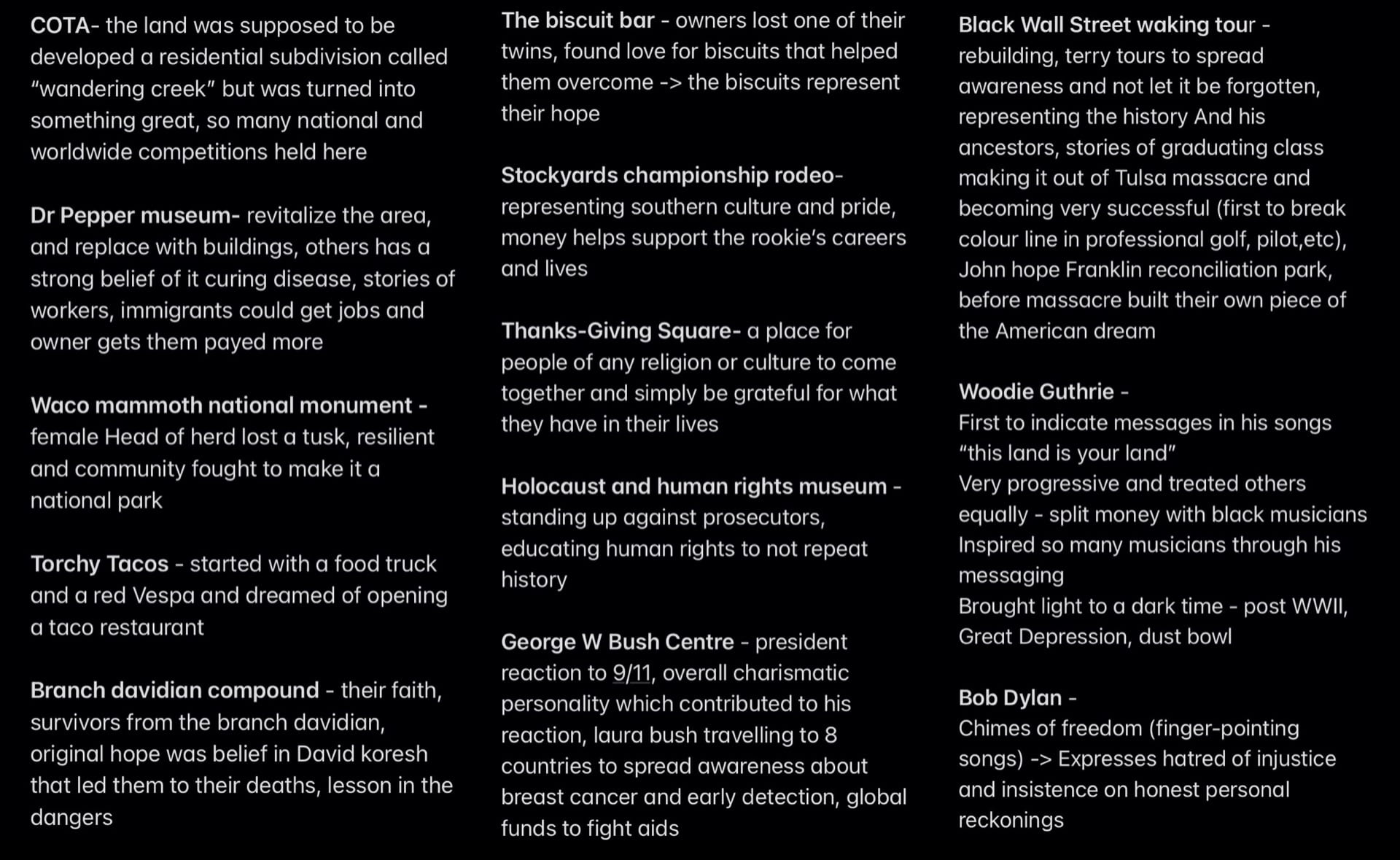
I am quite happy with my performance in this project, I crafted my video to be at a sophisticated level and even when I was not conducting interviews at certain locations during our trip, I was always keeping notes of aspects of hope that I could find in each location we went to. I had several ideas from the beginning of this project that would have allowed me to help answer the driving question and was able to support them with the research and experience in a new place and culture. From this, I was able to find deep connections between what I already knew and what I learned, as well as allow that evidence to support a great thesis statement. I have always enjoyed being able to see what we talk about in our projects in my everyday life, and this project was certainly was one of them. My class and I went to the south of the U.S. to study stories of hope, however, hope is all around us. It could even be the tree in your front yard, as the wildlife around us has had to withstand the effects of climate change caused by human kind. Yet, they still supply us with ‘breaths of fresh air’.



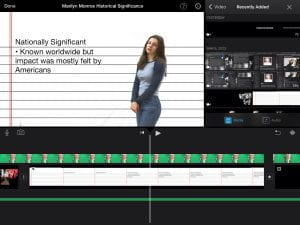








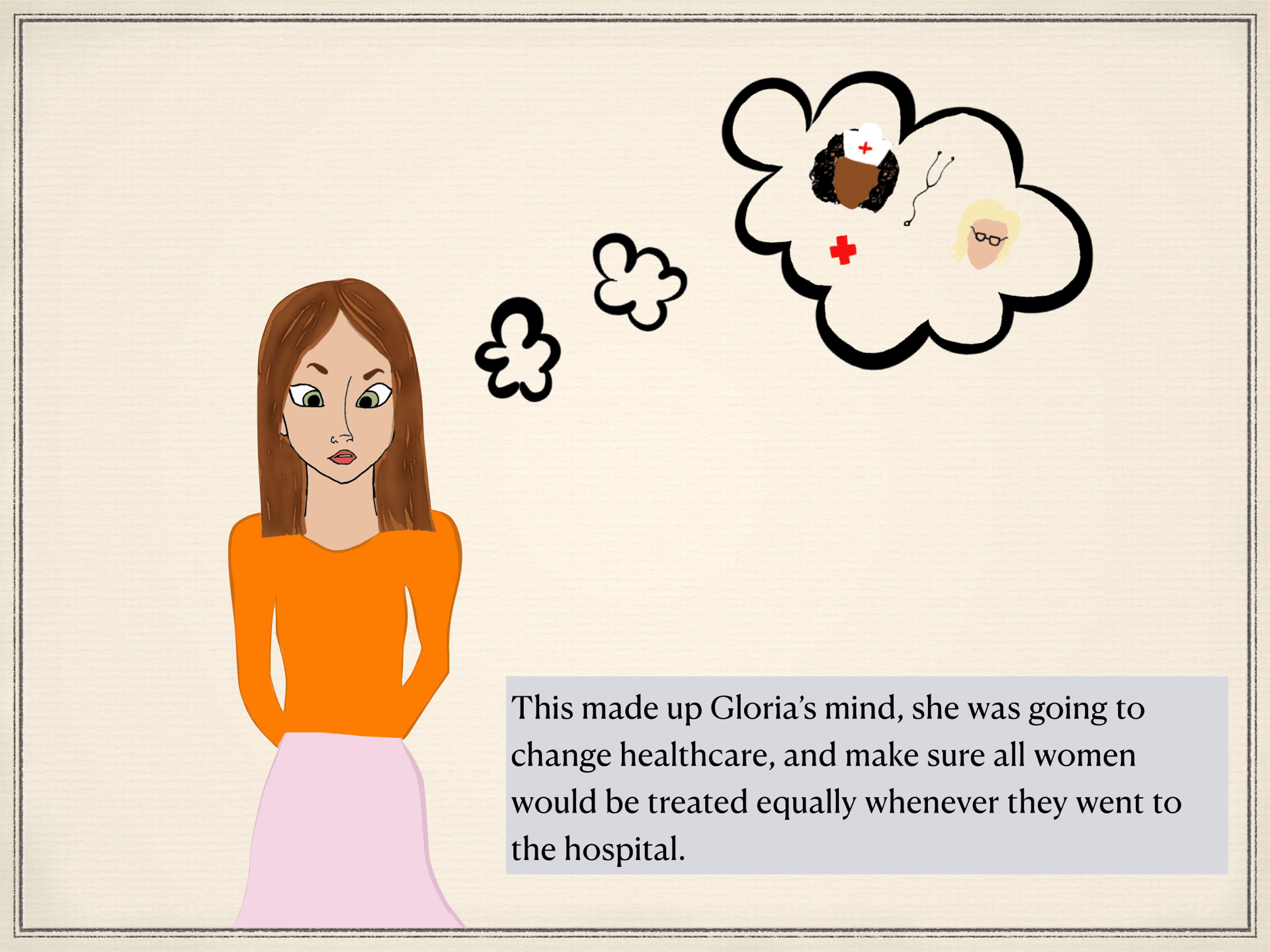






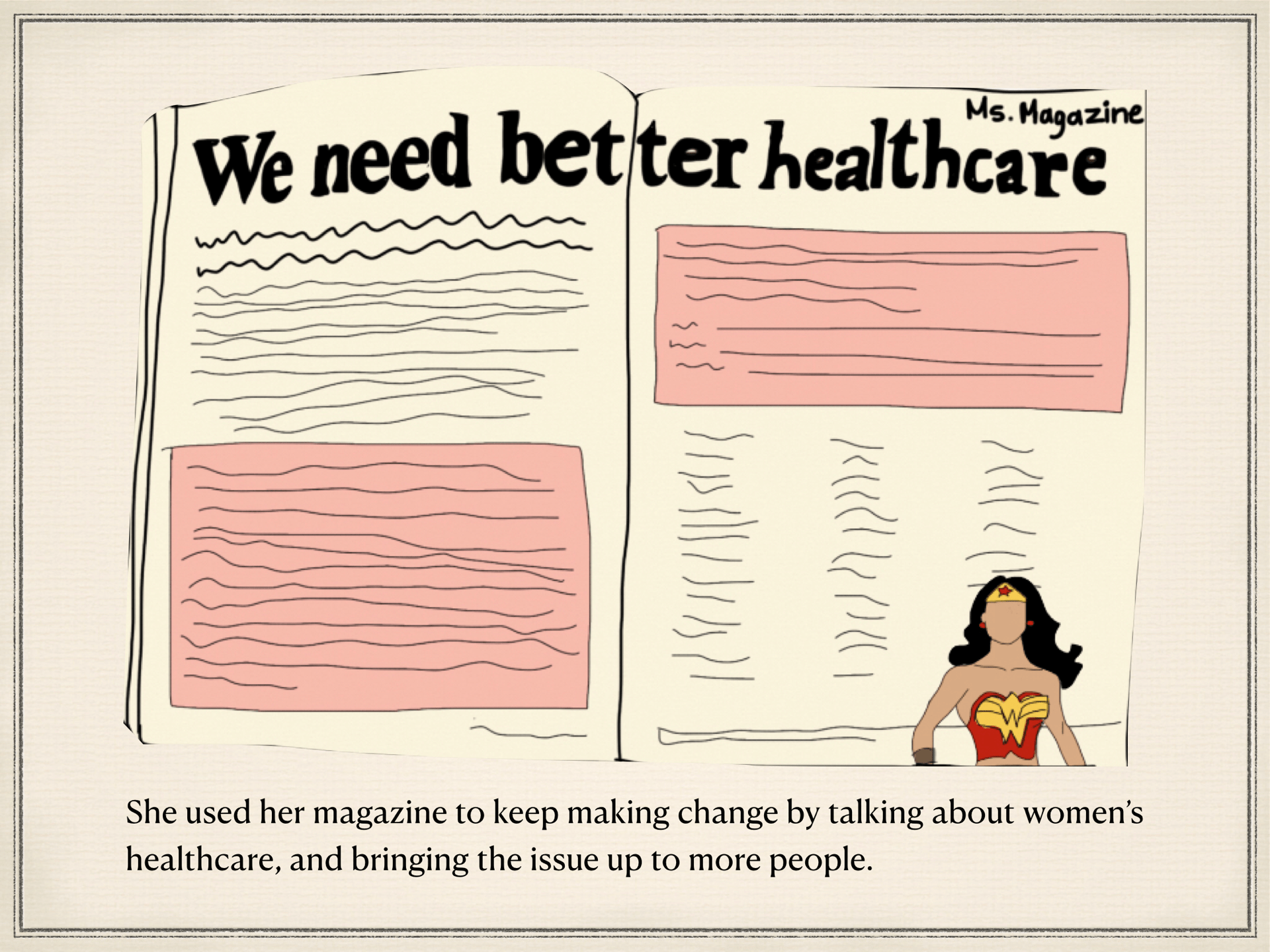

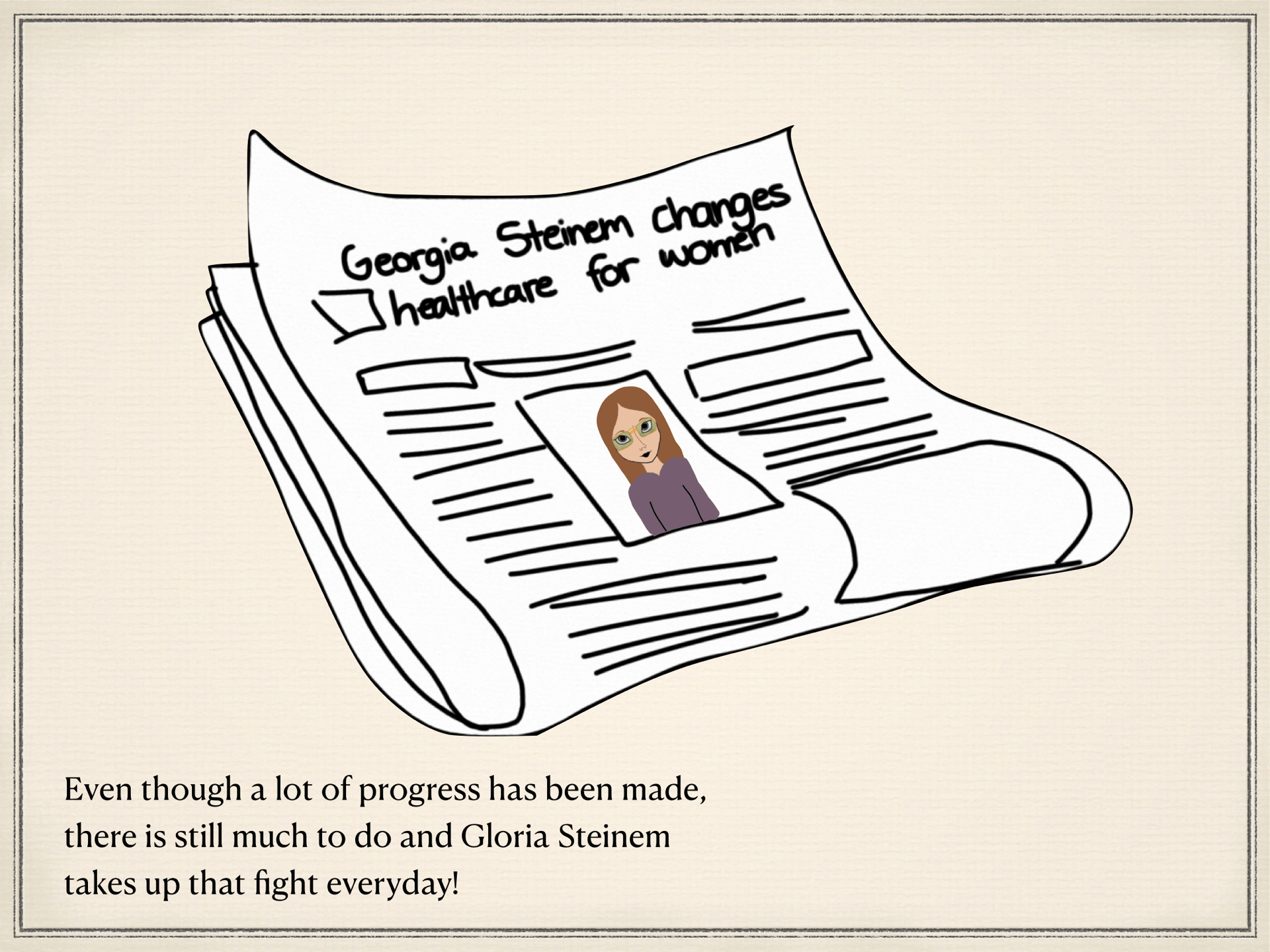
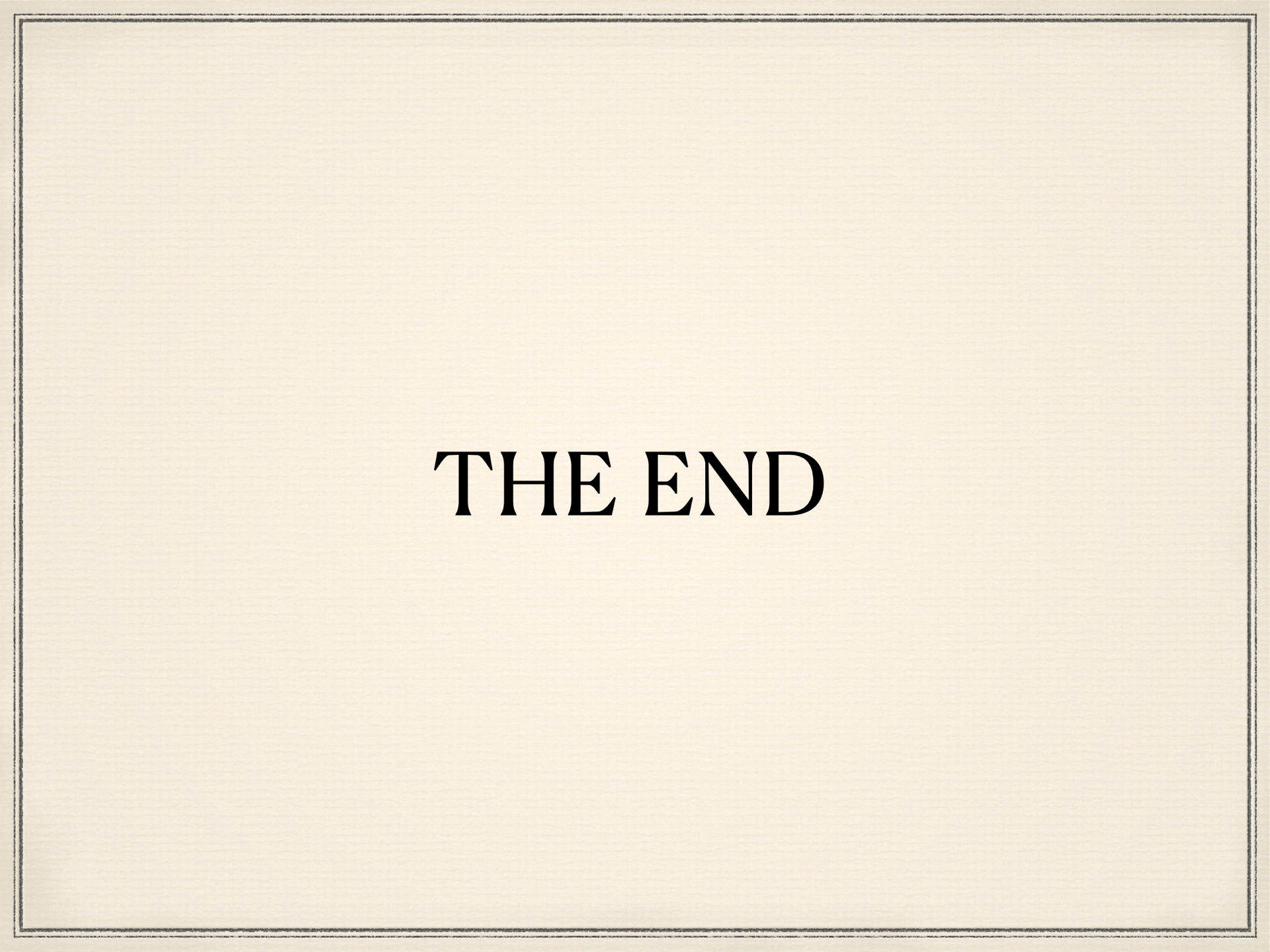





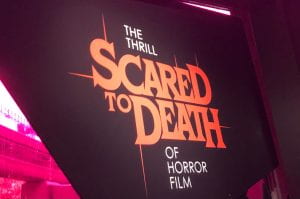




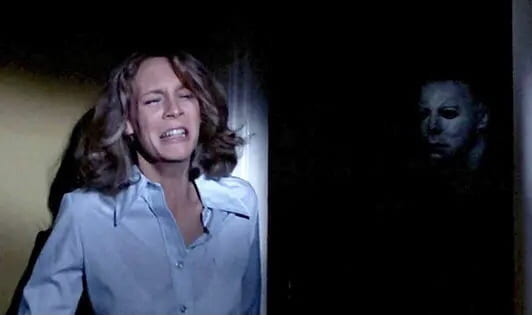



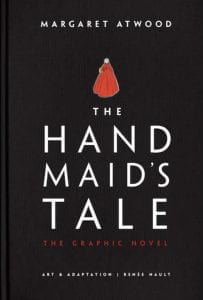
 on one of his talk shows, which was what had sparked my interest in using this topic for my documentary. Futhermore, I spoke to a counsellor from an abortion clinic in Vancouver in the form of an interview and was given much insight based on their professional experience and personal opinions. This information really amped up the quality of my film’s content.
on one of his talk shows, which was what had sparked my interest in using this topic for my documentary. Futhermore, I spoke to a counsellor from an abortion clinic in Vancouver in the form of an interview and was given much insight based on their professional experience and personal opinions. This information really amped up the quality of my film’s content.
 Around the time of my mPOL, I would get excessively nervous before and while I had to speak in front of others. Now…I still get excessively nervous. However, there were still ways that I actually improved in this competency. Coming into this project that we just completed for the
Around the time of my mPOL, I would get excessively nervous before and while I had to speak in front of others. Now…I still get excessively nervous. However, there were still ways that I actually improved in this competency. Coming into this project that we just completed for the 

 devices as well as describe my connection to the songs in perfect detail. Most importantly, I went deeply into my own interpretation of the meaning behind each song – well explained and found as interesting by my peers.
devices as well as describe my connection to the songs in perfect detail. Most importantly, I went deeply into my own interpretation of the meaning behind each song – well explained and found as interesting by my peers.